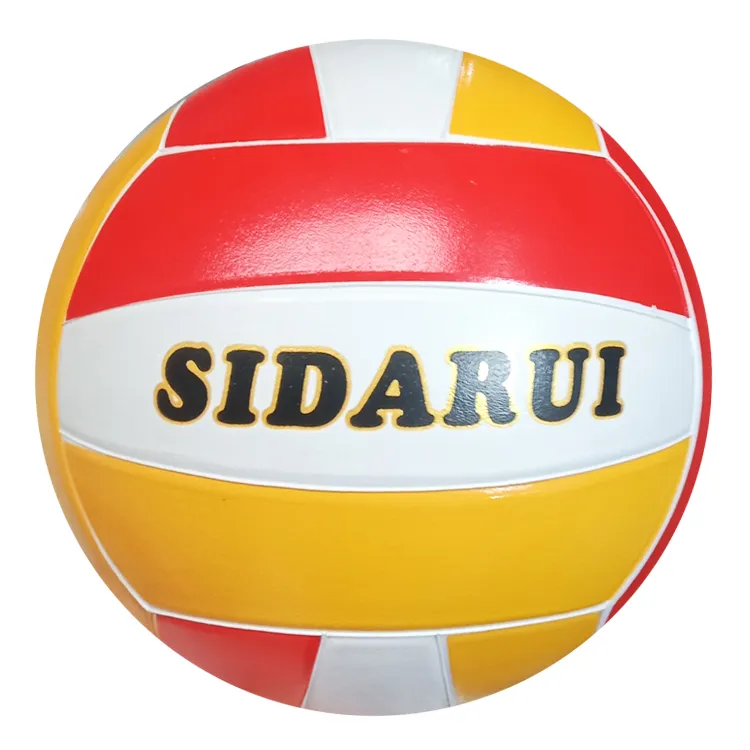Rubber footballs, though often overshadowed by their leather counterparts, have carved out a significant niche within the sports and recreational market. A comprehensive look into the world of rubber footballs reveals an intricate blend of design, functionality, and performance, making them an excellent option for various environments and skill levels.

Rubber footballs are particularly popular among casual players and in school environments, where durability and affordability are paramount. Unlike leather balls, which can be more susceptible to water damage and require meticulous maintenance, rubber footballs offer a robust alternative. Their ability to withstand the elements makes them a preferred choice in regions with unpredictable weather conditions. The synthetic composite used in crafting these footballs not only enhances their longevity but also ensures consistent performance in both dry and wet conditions.
From a design perspective, rubber footballs are incredibly versatile. The textured surface of the ball provides enhanced grip, an essential feature for players who are still mastering ball control. This grip support, combined with a typically lighter weight compared to leather balls, makes them easier to handle for younger players or those new to the sport. The bright colors and varied designs available also appeal to younger demographics, making these balls a favorite for youth leagues and programs aiming to spark interest in the game.

Expertise in sports equipment manufacturing affirms that the production of rubber footballs involves sophisticated techniques to ensure quality and performance. Advanced technologies in rubber compounding and molding play a crucial role in the production process. Manufacturers focus not only on the resilience of the outer shell but also on optimizing air retention properties. High-quality rubber footballs are designed to maintain their shape and internal pressure over time, providing a consistent experience every time they hit the field.
rubber football
The affordability of rubber footballs makes them accessible to a broad audience, fostering inclusivity in the sport.
Communities with limited resources can easily integrate football into recreational and educational settings. Furthermore, when introducing football to new players, especially children, affordability encourages widespread participation, helping to cultivate a lifelong passion for the game.
Governments and organizations promoting physical activity often endorse rubber footballs for community programs, underscoring their trustworthiness. These programs recognize the value of providing equipment that is safe, cost-effective, and suitable for varying skill levels. In addition, rubber footballs generally comply with industry safety standards, offering peace of mind to program organizers and participants alike.
For individuals or organizations considering the addition of football to their repertoire, rubber footballs stand out as a dependable choice. Not only do they provide an optimal balance of performance and durability, but they also echo the modern values of accessibility and sustainability. Many manufacturers have taken strides toward using eco-friendly rubber materials, aligning with global initiatives focused on sustainability and environmental stewardship.
In conclusion, the rubber football holds a unique place within the broader context of sports equipment. Its intrinsic qualities of durability, affordability, and ease of use make it an excellent product for education, recreation, and competitive play. When assessing football options, whether for individual, educational, or community use, rubber footballs emerge as a pragmatic choice that fosters long-term engagement in the sport. Through careful manufacturing processes and design innovations, these footballs continue to meet the evolving needs of athletes and enthusiasts, reinforcing their status as a valuable asset in the world of sports.

![]()











